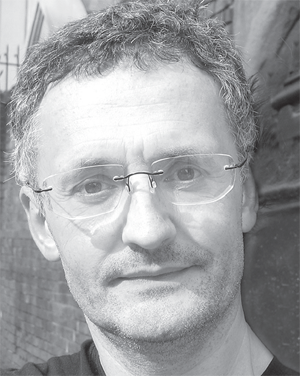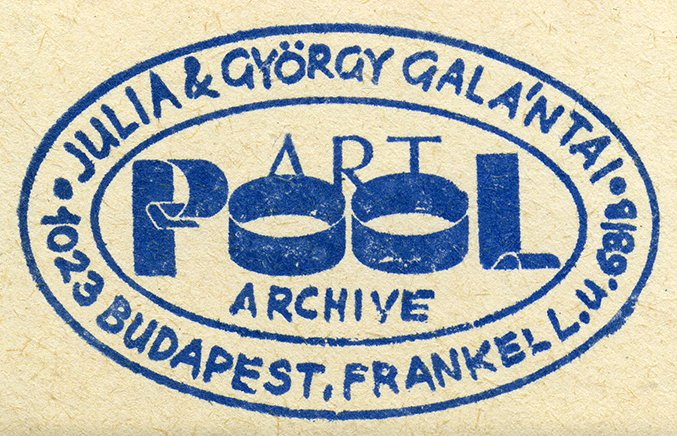Interview with Alexei Yurchak
Alexei Yurchak is Associate Professor in the Department of Anthropology and core faculty member in the Department of Performance Studies at the University of California, Berkeley. In 2006, Yurchak published a groundbreaking study of the late-Soviet period, Everything Was Forever, Until It Was No More: The Last Soviet Generation (Princeton University Press), which earned him widespread recognition. Analyzing a variety of major shifts in political representation and meaning after the middle 1950s, and ensuing changes in late Soviet everyday practices—from Soviet ideological language to the fascination with Western rock music, the spread of popular jokes and anecdotes, among others—the book … Read more






